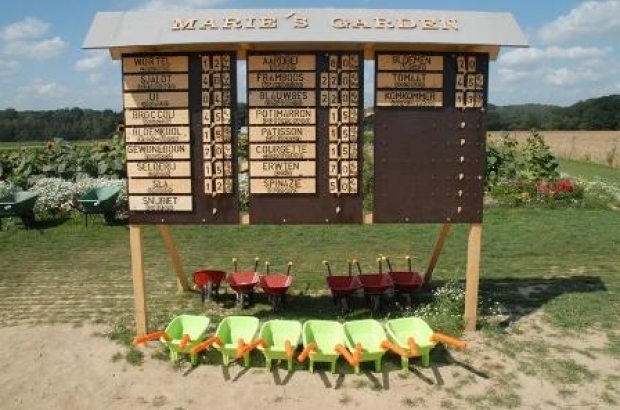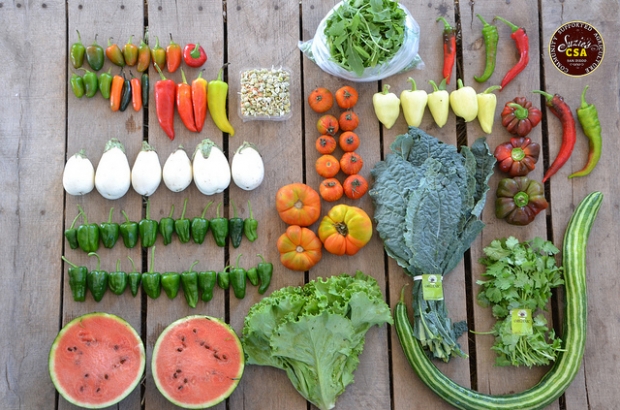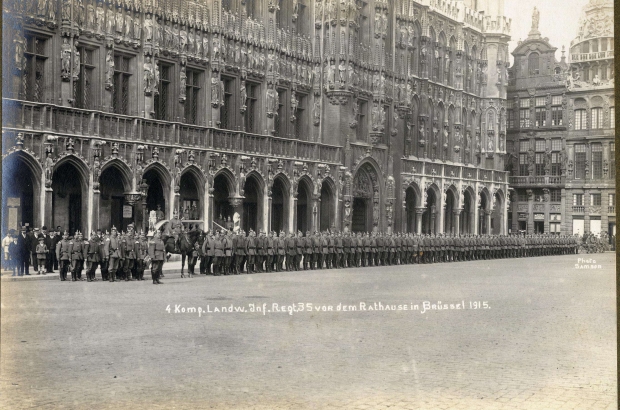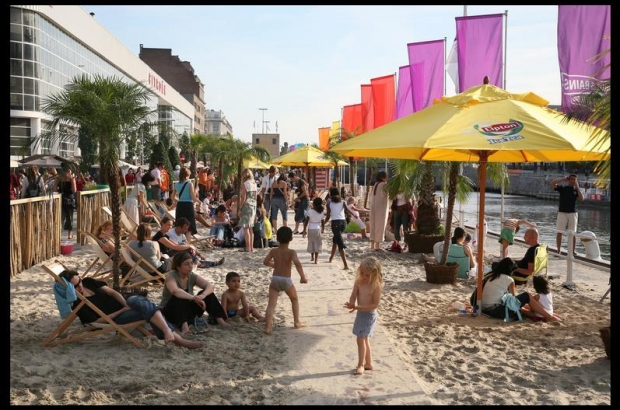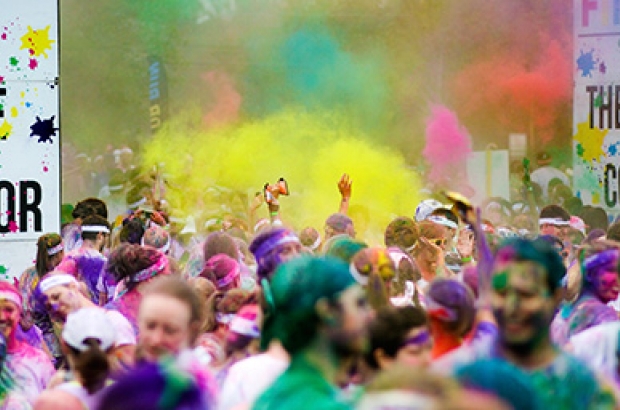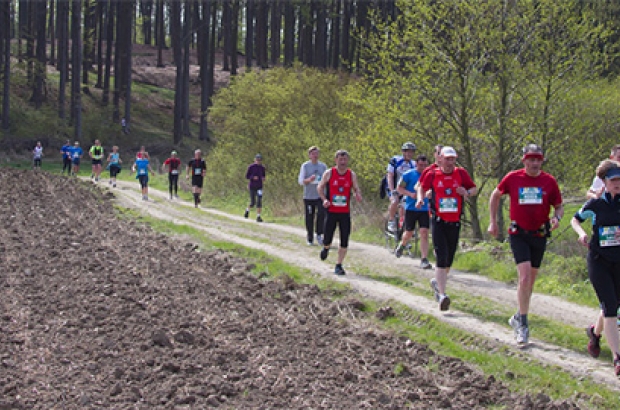5 ways to make your Brussels neighbourhood a tight-knit community
As our recent Neighbours’ Day article reports, reaching out to your Brussels neighbours is utterly important in counteracting feelings of isolation or exclusion; feelings that are often amplified as an expat living abroad.
While participating in the upcoming Belgian Neighbours’ Day is a good start, strengthening community bonds in Brussels is something that needs to be worked at all year long. The Bulletin has collected ideas on how to get the community vibes rolling, as well as examples of how Belgians are improving their neighbourhoods.
1. Organise regular community events:
Organizing community events on a regular basis is a great way to maintain community ties. The events do not have to be particularly special, it could be:
- Regular wine tasting or tea parties
- Monthly concerts (local music would be great) in a local café/bar
- Holiday-oriented celebrations such as an Easter egg hunt, a summer solstice party or Oktoberfest.
- Hold a movie nights at someone’s home in even in the park! Alternate which home gets to pick the movie, and don’t forget the popcorn.
Belgian examples: Schaerbeek’s Helmet neighbourhood organises a BabbHelmet, or a monthly get-together with neighbours in a café. To make it easier to remember, they make the event the first Friday of each month at 19:30. Meanwhile, Brussels Participation organises Residents’ Associations that represent Brussels’ different neighbourhoods. Made up of residents, associations, local societies, cultural centres and businesses, this association works to organise community events and reinforce community solidarity.
2. Help each other
Create a new kind of Neighbourhood “care force” that helps out when neighbours need a hand. This could mean:
- Helping with dinners and errands
- Hosting an emergency preparedness night in which you get organized and learn about your neighbours’ special skills (CPR training, etc.).
- Form a volunteer work crew helps neighbours with household projects, from fixing the pipes to mending a fence.
Belgian Examples: local exchange trading system (or LETS): Belgian communities record transactions of members exchanging goods and services by using the currency of locally created LETS Credits. 1 hour of community service = 1 LETS. LETS credits could then be traded for a different service. For example: 1 hour of gardening for your neighbour = 1 hour of guitar lessons. Check it out!
Repair Cafés: held throughout Belgium, repair cafés are a community event in which neighbours bring their broken appliances/technology and have them fixed by other members of the community (expert technicians, programmers etc).
3. Eat!
There’s something about sharing one’s food and cooking traditions that forms life-long bonds. Here are some food-themed ideas for bringing together your neighbours to have a bite to eat and a long chat.
- Start a progressive dinner tradition on your block. Ask each home to serve a dish, and go house hopping until you’re contentedly full. The same idea could apply in an apartment complex (by floor or apartment).
Belgian example: Disco Soupe: a non-profit that addresses issues of food waste through festive community events. They set up collective gatherings for people to peel, cut and prepare discarded fruits and vegetables ... to music! They turn the produce into soups and salads and redistribute them for free to the community.
4. Develop community spaces
Creating community areas in your neighbourhood not only provides a common meeting ground for casual run-ins with your neighbours, but also increases one’s sense of belonging by appropriating a shared place. Here are some examples of commons spaces that can be created in your neighbourhood.
- Establish a community garden, converting neglected public space, however small, into a pocket garden with a bench or two. Digging in the dirt together creates plenty of opportunity for bonding, not to mention some tasty fruits, veggies, and herbs.
- Make a community playground. Find a patch of park grass, or work with the commune to rework neglected public space. Let the community vote on what the play area will include (playground, bike/skate park, pétanque, tables/benches).
- Start a community compost, asking a local association or school to lend space to construct the compost bins. Workshops could be held for the children and community on how to compost.
Belgian examples: Sustainable Citizen Community : Brussels’ Environmental Agency runs this programme which supports projects proposed by different Brussels quarters hoping to make their neighbourhood more ecologically friendly, energy efficient, make better use of public spaces and enforce social cohesion and solidarity. There are over 30 sustainable community projects in Brussels currently, and new project proposals are being accepted now!
Potagers Urbains: a network regrouping community garden projects
Worms asbl: a non-profit regrouping community compost projects
5. Communicate
This is an often forgotten yet often the most important element towards maintaining a closely-knit community: a good communications plan. After all, how else will all your neighbours stay constantly informed about the future neighbourhood events and projects you have planned for them? Here are some ways to reach out to and stay in touch with your neighbours.
- Produce a community newsletter to keep everyone informed and to build community spirit. The venture can bring together writers, artists, and designers and keep the neighbourhood up to date.
- Make a simple a community website (think Wordpress or the like) for public announcements, events, ads, stories.
- If a website seems too ambitious, try a using social media: a Facebook group would allow to post announcements, news and events with their photos.
Belgian example: Most communes in Belgium have public websites and publish a monthly newsletter, the city of Brussels for example has a Brussels’ welcome website and monthly magazine Busseleir. The city also organises district forums which allow habitants to meet with public authorities on projects.
Photos courtesy of Brussels Environmental Agency (Bruxelles Environnement).




